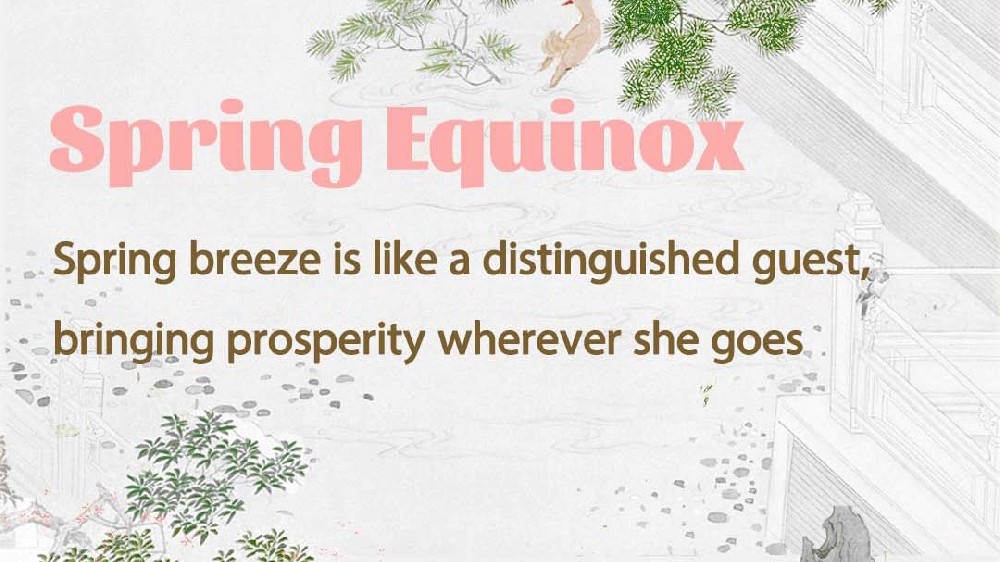Heritage Grid | Unlocking the Mysteries of China’s Western Xia Imperial Tombs
In the shadow of the Helan Mountains, where the arid winds of the Ningxia plains carve stories into the earth, nine pyramidal mausoleums rise like forgotten sentinels. These are the Western Xia Imperial Tombs (西夏王陵), the enigmatic resting place of a dynasty erased by history yet resurrected by archaeology. Dubbed as the "Oriental Pyramids," this UNESCO World Heritage Site candidate remains one of China’s most underrated cultural treasures—a silent testament to a civilization that thrived at the crossroads of empires.

The Discovery of the Western Xia Tomb
In June 1972, during the construction of a military airfield at the eastern foothills of the Helan Mountains in Ningxia province, a unit of the local region dug out some bricks and pottery fragments inscribed with mysterious square-shaped characters. Resembling Chinese script yet indecipherable, these artifacts were promptly reported to the Ningxia Museum.
Archaeologists rushed to the site, launching emergency excavations that confirmed the existence of the Western Xia imperial burial complex for the first time. Fifteen initial tomb mounds were cataloged, marking the dawn of modern archaeological exploration into these enigmatic structures.
The decoding of the Tangut script—the cryptic language of the Western Xia—relied heavily on Russia’s pioneering "Tangutology" studies. In 1908, Russian explorer Pyotr Kozlov plundered thousands of Tangut manuscripts from the ruins of Khara-Khoto, including the bilingual glossary Fanhan Heshi Zhangzhongzhu (《番汉合时掌中珠》), which became the Rosetta Stone for deciphering the lost language. It was through cross-referencing these materials that Chinese scholars conclusively identified the "Oriental Pyramids" at Helan’s foothills as the tombs of the Western Xia emperors.
The Western Xia dynasty endured for 190 years across ten emperors, with its rulers and nobility interred in this sprawling necropolis. Spanning over 50 square kilometers, the tombs are arranged in a striking configuration described as "resting their heads against the mountains and stretching their feet toward the Yellow River." Each imperial mausoleum stands as a solitary giant, yet curiously, only nine have been discovered. Historians note that after founding the dynasty, Emperor Li Yuanhao posthumously granted imperial titles to his grandfather and father, bringing the total number of recognized emperors to twelve. The absence of tombs for two rulers—whether obliterated by time or never built—remains one of the site’s enduring mysteries.
From an aerial view, the nine imperial tombs form a pattern mirroring the Big Dipper (北斗七星), while over 200 satellite tombs align with other celestial constellations. This cosmic arrangement has fueled scholarly debate: Was it shaped by feng shui principles, reflecting a deliberate fusion of Tangut and Han Chinese beliefs? Or does it hint at a darker prophecy? How could the dynasty’s architects have foreseen that only nine emperors would reign before its cataclysmic fall? The unanswered questions linger like ghosts, as if the stars had ordained the Western Xia’s truncated destiny.
A Dynasty Born from Conflict
To understand the tombs is to unravel the saga of the Western Xia (1038–1227), a kingdom forged by the Tangut people under the visionary ruler Li Yuanhao.
Sandwiched between the Song Dynasty’s cultural influence and the Mongols' expansion, the Tanguts crafted a hybrid identity—adopting Chinese bureaucracy, Tibetan Buddhism, and Central Asian motifs. Their capital, Xingqing (Yinchuan city of the present day), became a Silk Road nexus, a fact echoed in the tombs’ architecture: angular earthen pagodas fused with Han-style spirit paths, guarded by stone statues of foreign-faced warriors.
The dynasty’s abrupt erasure—Genghis Khan’s dying decree ordered its annihilation—left its monuments buried under the sands of time. Today, only Mausoleum No. 3, attributed to Li Yuanhao, stands partially restored, its 23-meter-tall core stripped of original plaster and tiles by centuries of looters and erosion.
The tombs’ fragility mirrors their historical precariousness. Unlike the Ming and Qing imperial tombs, whose stone and marble endured, the Western Xia mausoleums were built with rammed earth and timber materials vulnerable to Ningxia’s extreme diurnal temperature swings and scarce rainfall. A 2021 UNESCO advisory report noted "critical stabilization needs," citing fissures in several structures and groundwater infiltration from nearby agricultural projects.
Global Echoes: from Giza to the Valley of the Kings
In scale and symbolism, the Western Xia tombs invite global comparisons. Their truncated pyramidal forms recall Egypt’s Step Pyramid of Djoser, yet their function as "underground palaces" mirrors China’s Qin Shi Huang Mausoleum. Unlike Egypt’s obsession with eternity, however, the Tangut tombs embraced impermanence—their above-ground structures served ritual purposes, while treasures were buried in subterranean chambers still largely unexcavated.
Closer parallels lie in Japan’s kofun (keyhole-shaped imperial tombs) and Korea’s Goguryeo murals, which similarly blend indigenous beliefs with foreign influences. Yet the Western Xia’s uniqueness lies in its syncretism: Sanskrit inscriptions coexist with Chinese calligraphy; guardian deities wear Central Asian armor. As art historian Claire Van den Bosch notes, "This is where the Buddha met Confucius, mediated by a desert people’s pragmatism."
Heritage Value: a Mosaic of Lost Worlds
The site’s UNESCO bid hinges on its "outstanding universal value" as a cultural crossroads. Of the 200+ ancillary tombs, over 30% show Song Dynasty burial customs, 15% contain Tibetan Buddhist relics, and several feature Nestorian Christian motifs—evidence of the Tanguts’ role as Silk Road mediators.
The Western Xia Tombs are more than relics; they symbolize cultural survival. In an era of homogenization, their fractured pagodas remind us how civilizations persist. As visitors trace the spirits’ path—past steles etched in a dead script, toward mountains that once marked a kingdom’s edge—the wind carries echoes of a question: How many other stories lie buried, waiting for their sands to shift?

